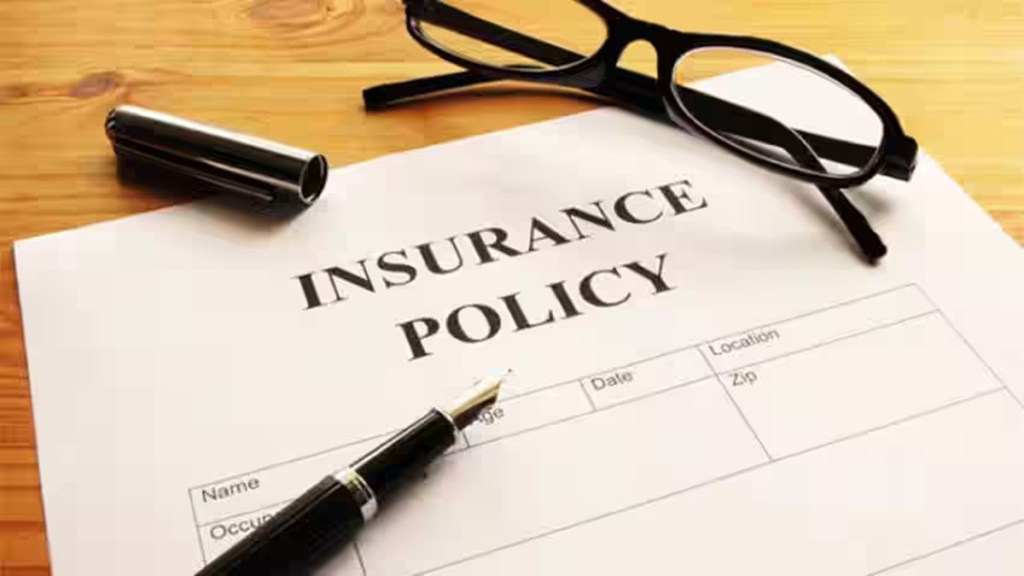Insurance is a fundamental tool for managing financial risk, protecting individuals and businesses from unexpected losses. However, having insurance does not automatically guarantee full protection. One common pitfall is underinsurance, where the coverage limits in your policy are insufficient to cover potential losses.
This is where an insurance policy limit lookup becomes critical. Understanding and reviewing your policy limits can prevent significant financial strain and ensure that you are adequately protected.
Understanding Insurance Policy Limits
An insurance policy limit refers to the maximum amount an insurance company will pay for a covered loss. This limit is defined in your insurance policy and varies depending on the type of insurance and the coverage selected. For example, in a homeowner’s policy, the limit may refer to the maximum payout for property damage, personal property, or liability claims. In auto insurance, it may represent the maximum coverage for bodily injury or property damage per accident.
Insurance policies often contain multiple limits:
Per occurrence limit: The maximum amount the insurer will pay for a single event or claim.
Aggregate limit: The total amount the insurer will pay over the policy term for all claims combined.
Sub-limits: Specific limits for certain types of coverage, such as jewelry, electronics, or medical expenses.
Knowing these limits is essential because claims exceeding these amounts may leave policyholders personally liable for the remaining costs.
The Risks of Underinsurance
Underinsurance occurs when the coverage limit is lower than the actual value of the insured item or potential liability. This situation can have severe consequences:
Financial Hardship: If a claim exceeds your policy limit, you are responsible for the excess. For example, if your home is insured for $200,000 but the rebuilding cost after a fire is $300,000, you must pay the $100,000 shortfall.
Incomplete Coverage: Certain policies, such as health, auto, or liability insurance, may have limits that do not align with real-world risks. Underestimating coverage needs can result in incomplete protection.
Regulatory and Contractual Risks: Some contracts and loans require a minimum level of insurance coverage. Failing to meet these requirements can lead to penalties or breaches of contractual obligations.
Peace of Mind: Knowing that you are fully covered reduces stress during emergencies. Underinsurance can lead to worry and uncertainty during an already difficult situation.
How to Perform an Insurance Policy Limit Lookup
An insurance policy limit lookup involves reviewing your current insurance documents to identify your coverage limits. This process can be done manually or through online tools provided by insurers. Key steps include:
Review Policy Declarations: The declarations page, often the first page of your insurance policy, summarizes coverage limits, deductibles, and types of coverage. Pay close attention to the listed limits for each type of coverage.
Understand Sub-Limits: Some policies have lower limits for specific items or categories. For example, jewelry and electronics may have sub-limits far below the overall property coverage limit.
Check Per Occurrence and Aggregate Limits: If you have liability coverage, it’s crucial to understand how per-occurrence and aggregate limits work. Multiple claims in a year could exhaust aggregate limits even if individual claims are under the per-occurrence limit.
Consult Your Insurance Provider: If the policy language is confusing, contact your insurance agent or provider. They can clarify coverage amounts and suggest adjustments to prevent underinsurance.
Use Online Tools: Many insurance companies offer online portals where policyholders can view and adjust coverage limits. These tools can simplify the lookup process and provide real-time updates on your coverage.
Factors to Consider When Assessing Coverage Needs
Simply knowing your policy limit is not enough. You must ensure that the limit aligns with your actual risk exposure. Consider these factors:
Property Value: For homeowners, consider current market values, replacement costs, and inflation when setting coverage limits. The policy should cover the full cost to rebuild or replace damaged property.
Liability Exposure: Evaluate potential liability risks in daily activities or business operations. Higher limits may be necessary if you have significant assets at risk or operate in a high-liability environment.
Specialized Assets: Certain valuable assets, like fine art, collectibles, or high-end electronics, may require additional riders or endorsements to ensure full coverage.
Regulatory Requirements: Ensure your insurance meets local, state, or federal requirements for minimum coverage levels.
Life Changes: Major life events such as marriage, purchasing a home, or starting a business may alter your insurance needs. Regular policy reviews are essential.
Avoiding Underinsurance: Best Practices
To prevent underinsurance, policyholders should adopt a proactive approach:
Regular Policy Reviews: Review your insurance policies at least annually or after major life events to ensure limits remain adequate.
Adjust Coverage Periodically: Inflation, market fluctuations, and changes in personal circumstances can affect the adequacy of your insurance coverage. Adjust limits accordingly.
Consider Umbrella Insurance: An umbrella policy provides additional liability coverage beyond standard limits. This can protect assets in high-risk scenarios.
Document Property Values: Maintain updated inventories of valuable items, including appraisals for high-value assets. This documentation ensures accurate coverage and facilitates the claims process.
Seek Professional Advice: Insurance brokers or financial advisors can assess your risk profile and recommend appropriate coverage levels. They can also help interpret complex policy language.
Conclusion
Insurance is more than a safety net; it is a strategic tool for financial security. However, inadequate coverage can leave policyholders vulnerable to substantial losses. Conducting an insurance policy limit lookup is a crucial step in identifying potential gaps and preventing underinsurance. By understanding policy limits, evaluating coverage needs, and adopting best practices, individuals and businesses can ensure that they are fully protected against unforeseen risks.
Regular review and adjustment of insurance policies are not just recommended—they are essential. In an unpredictable world, adequate insurance coverage is a cornerstone of financial resilience, giving policyholders peace of mind and security for the future.

